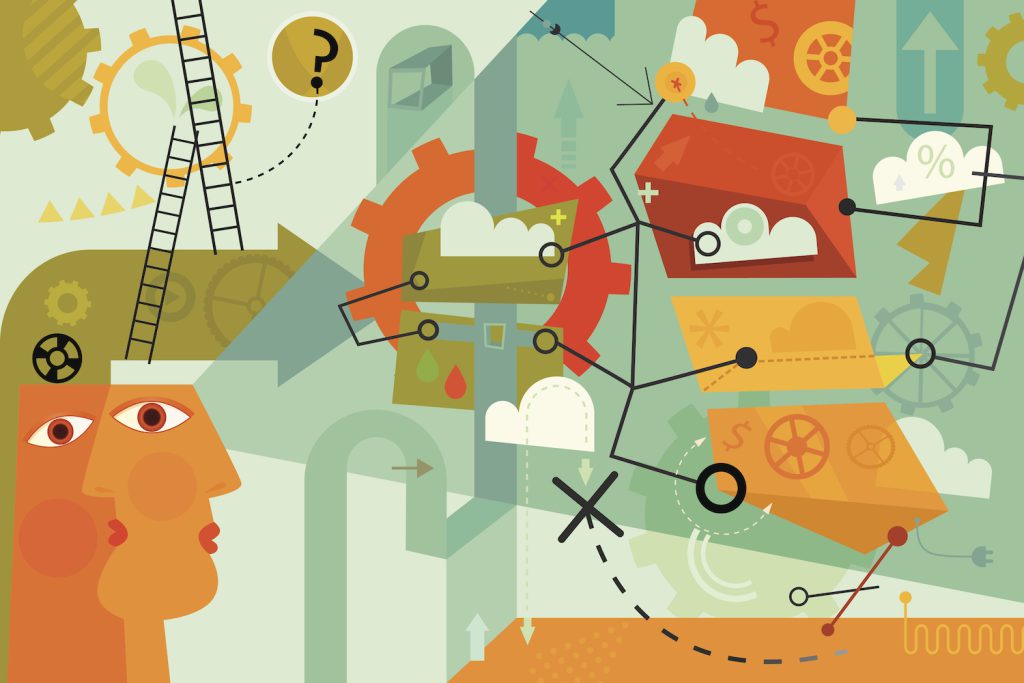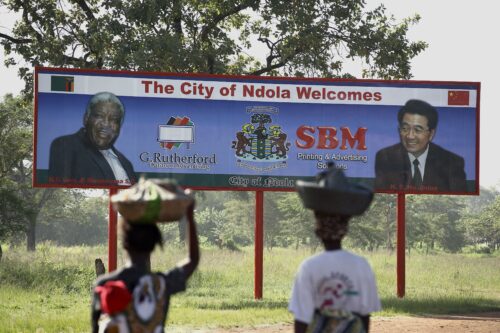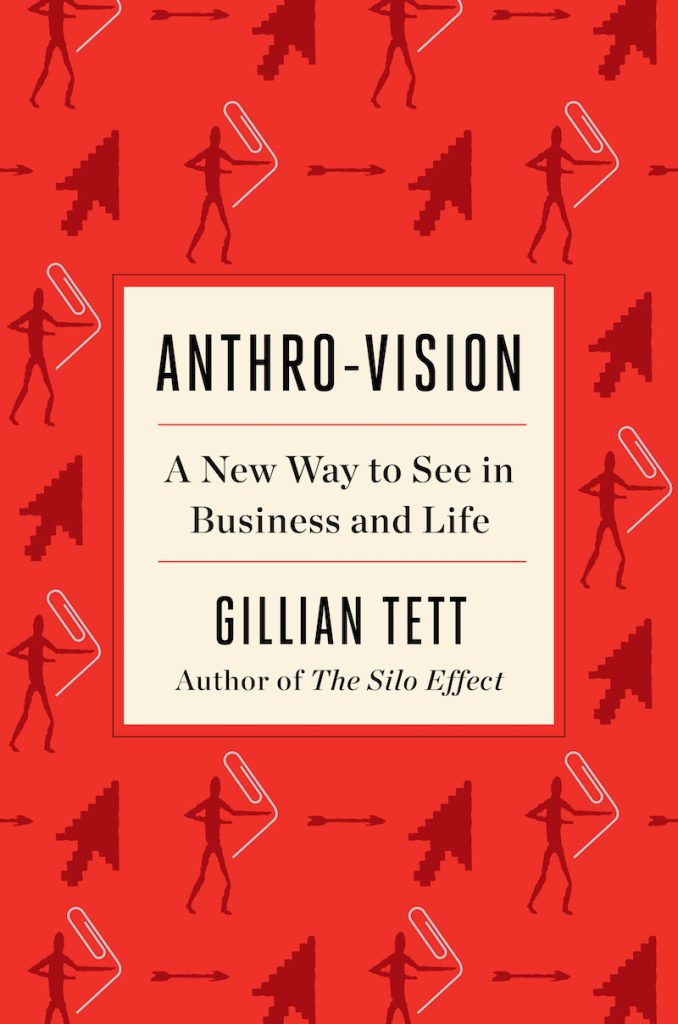Introducing the Other “AI”: Anthropology Intelligence

From Anthro-Vision: A New Way to See in Business and Life by Gillian Tett. Copyright © 2021 by Gillian Tett. Reprinted with permission from Avid Reader Press, an imprint of Simon & Schuster.
“The last thing a fish would ever notice would be water.”
—attributed to anthropologist Ralph Linton
I sat in a drab Soviet hotel room in May 1992. Gunfire rattled the windows. Across the room, on a bed with a nasty brown blanket, sat Marcus Warren, a British journalist. We had been trapped in the hotel for hours as battles raged on the streets outside in Dushanbe, the capital city of Tajikistan. We had no idea how many had died.
“What did you do in Tajikistan before?” Marcus asked me as we nervously listened to the fighting. Until a year earlier, this mountainous country, bordering Afghanistan, had seemed a permanent and peaceful part of the Soviet Union. But in August 1991, the Soviet regime had collapsed. That dissolution had propelled the country to independence and sparked a civil war. Marcus and I were there as reporters, respectively for the Daily Telegraph and the Financial Times.
But my background was weird. Before I joined the Financial Times, I had been based in Tajikistan doing research for a Ph.D. in anthropology, that oft ignored (and sometimes derided) branch of the social sciences that studies culture and society. Like generations of earlier anthropologists, I had engaged in fieldwork, which meant immersing myself in a high mountain village a three-hour bus ride from Dushanbe. I lived with a family. The aim was to be an “insider-outsider,” to observe the Soviet villagers at close quarters and study their “culture” in the sense of their rituals, values, social patterns, and semiotic codes. I explored questions such as: What did they trust? How did they define a family? What did “Islam” mean? How did they feel about Communism? What defined economic value? How did they organize their space? In short: What did it mean to be human in Soviet Tajikistan?
“So, what exactly did you study?” Marcus asked.
“Marriage rituals,” I replied.
“Marriage rituals!” Marcus exploded, hoarse from exhaustion. “What the hell is the point of that?” His question masked a bigger one: Why would anyone go to a mountainous country that seemed weird to Westerners and immerse herself in an alien culture to study it? I understood his reaction. As I later admitted in my doctoral thesis: “With people dying outside on the streets of Dushanbe, studying marriage rituals did sound exotic—if not irrelevant.”
Anthro-Vision: A New Way to See in Business and Life has a simple aim: to answer Marcus’ question—and show that the ideas emanating from a discipline that many people think (wrongly) studies only the “exotic” are vital for the modern world. The reason is that anthropology is an intellectual framework that enables you to see around corners, spot what is hidden in plain sight, and gain empathy for others and fresh insight on problems. This framework is needed more than ever now as we grapple with climate change, pandemics, racism, social media run amok, artificial intelligence, financial turmoil, and political conflict. I know this from my own career: As this book explains, since I left Tajikistan, I have worked as a journalist and used my anthropology training to foresee and understand the 2008 financial crisis, the rise of Donald Trump, the 2020 pandemic, the surge in sustainable investing, and the digital economy. But this book also explains how anthropology is (and has been) valuable for business executives, investors, policymakers, economists, techies, financiers, doctors, lawyers, and accountants (yes, really). These ideas are as useful in making sense of an Amazon warehouse as in an Amazon jungle.
Why? Many of the tools we have been using to navigate the world are simply not working well. In recent years, we have seen economic forecasts misfire, political polls turn out to be wrong, financial models fail, tech innovations turn dangerous, and consumer surveys mislead. These problems have not arisen because those tools are wrong or useless. They are not. The problem is such tools are incomplete; they are used without an awareness of culture and context, created with a sense of tunnel vision, and built assuming that the world can be neatly bounded or captured by a single set of parameters. This might work well when the world is so stable that the past is a good guide to the future. But it does not when we live in a world of flux, or what Western military experts describe as “VUCA,” short for “volatility, uncertainty, complexity, and ambiguity.” Nor when we face “black swans” (to cite Nassim Nicholas Taleb), “radical uncertainty” (as the economists Mervyn King and John Kay say), and an “uncharted” future (to quote Margaret Heffernan).
Or to put it another way, trying to navigate the 21st-century world only using the tools developed in the 20th century, such as rigid economic models, is like walking through a dark wood with a compass at night and only looking down on the dial. Your compass may be technically brilliant and tell you where to aim. But if you only focus on the dial, you may walk into a tree. Tunnel vision is deadly. We need lateral vision. That is what anthropology can impart: anthro-vision.
Watch our interview with the author here: “Five Questions for Gillian Tett.”


























